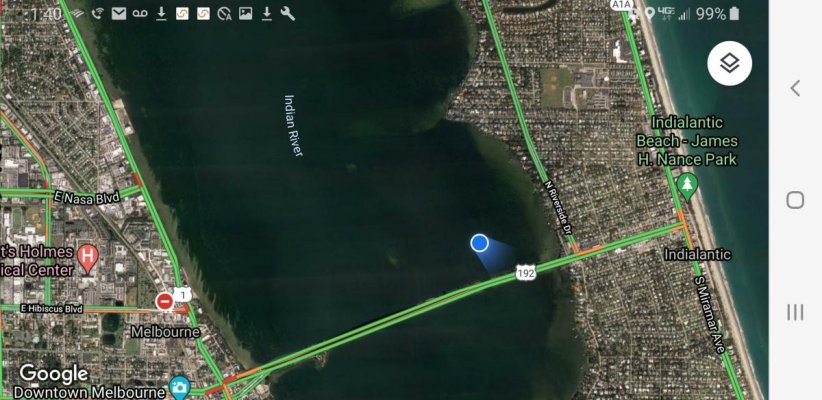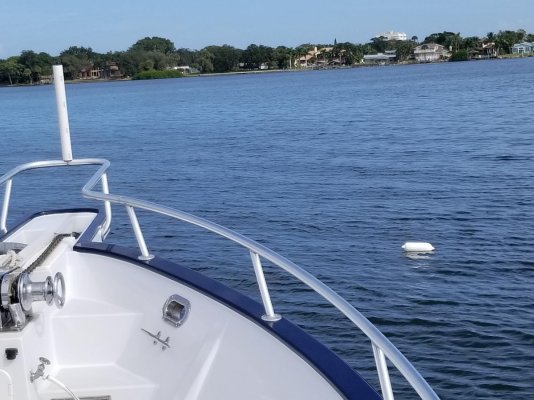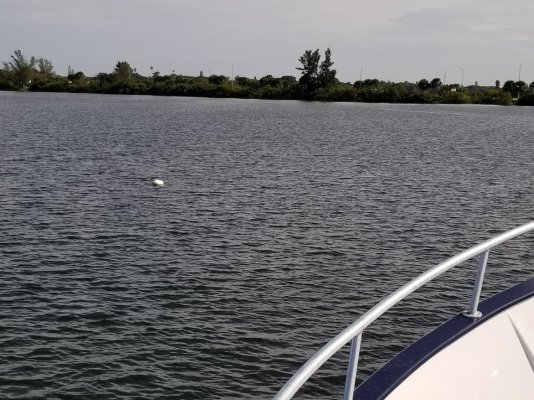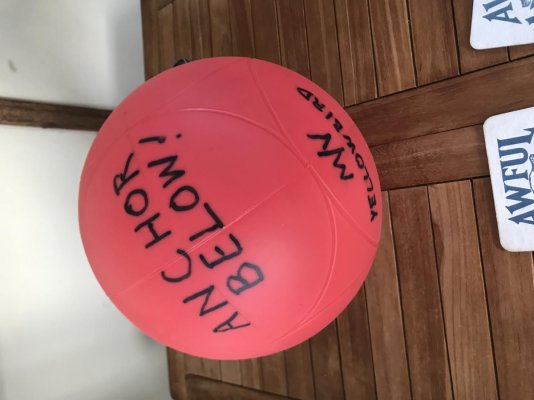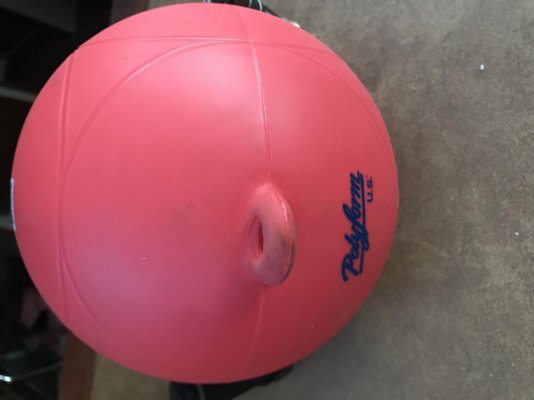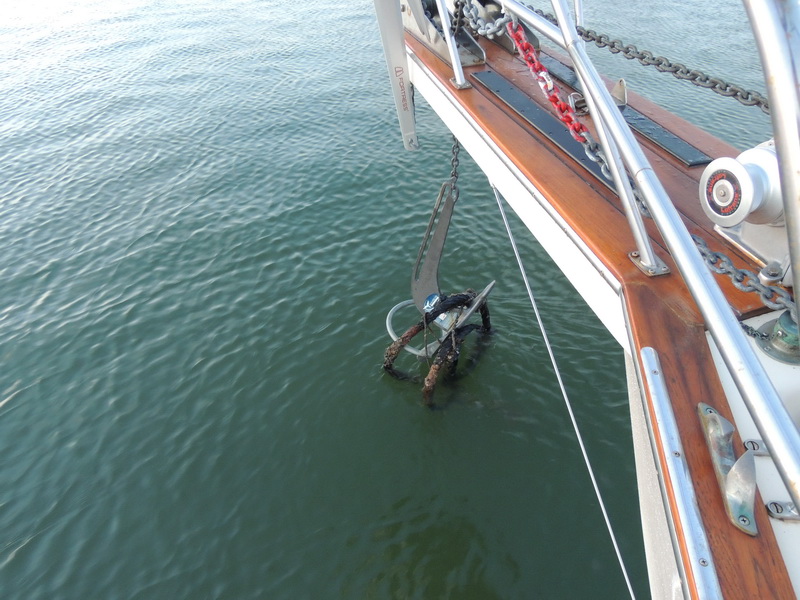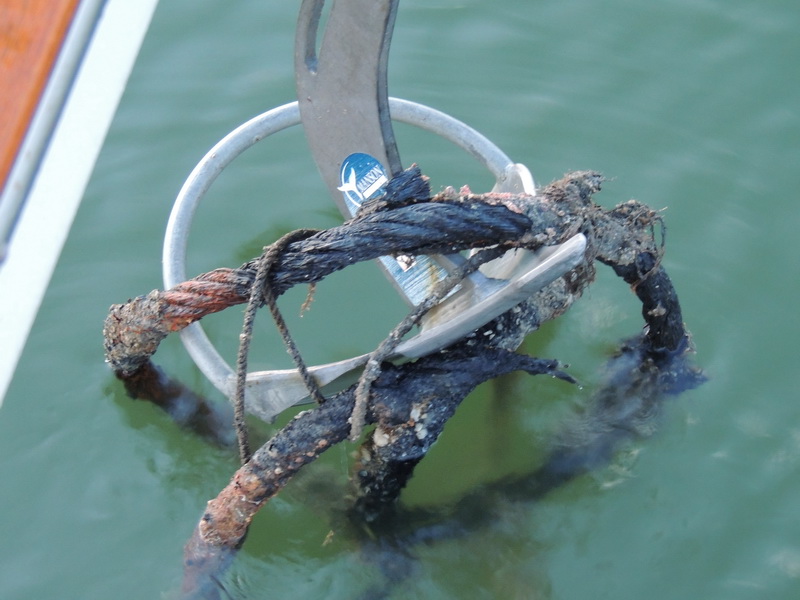Dougcole
Guru
We use zip ties (3 or 4 ties rated at 75 lbs) on a breakaway rigging for bottom fishing in a 26 ft. boat. I haven't bent an anchor since I started using that system. It works great and rarely breaks unintentionally.
But I couldn't sleep with zip ties on the anchor.
This.
When my brothers and I used to commercial grouper fish with my dad we used the zip tie method on our anchors and it worked great. I don't recall a zip tie ever failing, but we generally weren't anchored for more than a couple of hours in one place and there was always someone awake and alert if we dragged. We looked for rocks to anchor in/near as that was where the fish were, so we hung pretty often. The zip tie method worked great in those situation.
We also used to anchor in 75 to 100 feet of water with no windlass and would reset as many as 10 or 15 times in a day. That's why my dad brought his three teen aged sons with him. Anchor pullers.
We had a big orange fender ball that had a large shackle on it. If we were really deep we would put the shackle around the anchor rode and run the boat in a wide circle around the anchor. Eventually the anchor would pop up just below the floating fender. It wasn't as effective as it sounds though, so mostly my dad just made us pull.
I still have zip ties on the anchor on my fishing boat and also on the tender anchor that we use for spearfishing. I haven't had to use them in a while though.

